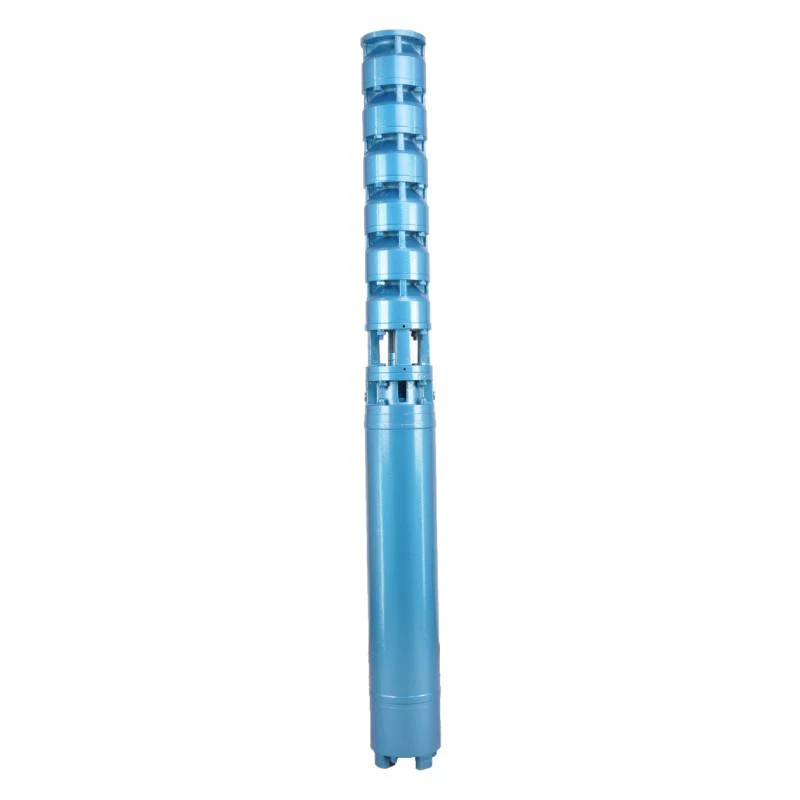Oct . 03, 2024 23:31 Back to list
underwater pump
The Importance and Functionality of Underwater Pumps
Underwater pumps have become an integral part of various industries, providing efficient solutions for the movement of water and other fluids. These specialized pumps are designed to operate submerged in water, making them ideal for applications in agriculture, construction, mining, and even in household settings.
One of the primary functions of underwater pumps is to manage water levels in different environments. In agricultural settings, these pumps are often used for irrigation, helping to draw water from wells or nearby bodies of water and distribute it across fields. This is particularly crucial in regions where water scarcity can affect crop yields. By utilizing underwater pumps, farmers can ensure a consistent water supply, enhancing productivity and sustainability.
In the construction industry, underwater pumps are commonly used for dewatering purposes. When constructing foundations or basements, it is essential to keep the work area dry. Submerged pumps efficiently remove excess water, allowing workers to carry out their tasks without delay. Moreover, underwater pumps play a vital role in managing stormwater and preventing flooding, helping cities cope with heavy rainfall events.
Mining operations also rely heavily on underwater pumps
. These pumps are used to remove water that accumulates in mines, making it safe for workers to access and extract valuable minerals. Without effective pumping solutions, mining operations can be significantly hindered, resulting in costly shutdowns and safety hazards.underwater pump

The technology behind underwater pumps has advanced significantly over the years. Modern underwater pumps are designed to be durable, efficient, and capable of handling various fluid types, including slurries and chemicals. They come in various configurations, such as submersible and vertical turbine pumps, each suited for specific applications. Submersible pumps, for example, are fully submerged and can operate at greater depths, while vertical turbine pumps can move fluids from deep well sources through vertical shafts.
Maintenance is a critical aspect of ensuring the longevity and efficiency of underwater pumps. Regular inspection and servicing can prevent breakdowns and prolong the lifespan of the equipment. This includes checking for wear and tear, ensuring proper lubrication, and cleaning out debris that may obstruct flow.
Moreover, the environmental impact of underwater pumping systems is a growing concern. As industries strive for sustainability, many are integrating eco-friendly practices into their operations. This includes using energy-efficient pumps and employing advanced monitoring systems to minimize water wastage and energy consumption.
In conclusion, underwater pumps are essential tools across multiple sectors, adept at handling the challenges of fluid management. Their ability to function efficiently in submerged conditions makes them invaluable for irrigation, construction, mining, and more. As technology continues to evolve, the future of underwater pumping systems promises greater efficiency and sustainability, contributing positively to both industry and the environment.
-
Submersible Water Pump: The Efficient 'Power Pioneer' of the Underwater World
NewsJul.01,2025
-
Submersible Pond Pump: The Hidden Guardian of Water Landscape Ecology
NewsJul.01,2025
-
Stainless Well Pump: A Reliable and Durable Pumping Main Force
NewsJul.01,2025
-
Stainless Steel Submersible Pump: An Efficient and Versatile Tool for Underwater Operations
NewsJul.01,2025
-
Deep Well Submersible Pump: An Efficient 'Sucker' of Groundwater Sources
NewsJul.01,2025
-
Deep Water Well Pump: An Efficient 'Sucker' of Groundwater Sources
NewsJul.01,2025
-
 Submersible Water Pump: The Efficient 'Power Pioneer' of the Underwater WorldIn the field of hydraulic equipment, the Submersible Water Pump has become the core equipment for underwater operations and water resource transportation due to its unique design and excellent performance.Detail
Submersible Water Pump: The Efficient 'Power Pioneer' of the Underwater WorldIn the field of hydraulic equipment, the Submersible Water Pump has become the core equipment for underwater operations and water resource transportation due to its unique design and excellent performance.Detail -
 Submersible Pond Pump: The Hidden Guardian of Water Landscape EcologyIn courtyard landscapes, ecological ponds, and even small-scale water conservancy projects, there is a silent yet indispensable equipment - the Submersible Pond Pump.Detail
Submersible Pond Pump: The Hidden Guardian of Water Landscape EcologyIn courtyard landscapes, ecological ponds, and even small-scale water conservancy projects, there is a silent yet indispensable equipment - the Submersible Pond Pump.Detail -
 Stainless Well Pump: A Reliable and Durable Pumping Main ForceIn the field of water resource transportation, Stainless Well Pump has become the core equipment for various pumping scenarios with its excellent performance and reliable quality.Detail
Stainless Well Pump: A Reliable and Durable Pumping Main ForceIn the field of water resource transportation, Stainless Well Pump has become the core equipment for various pumping scenarios with its excellent performance and reliable quality.Detail
